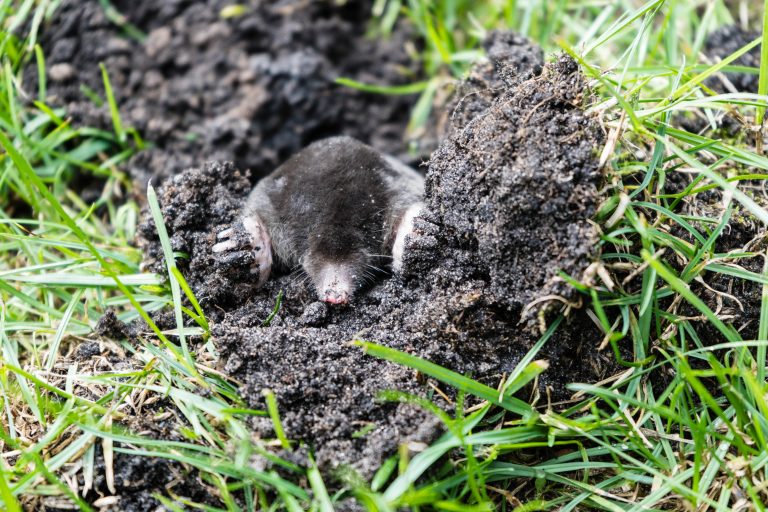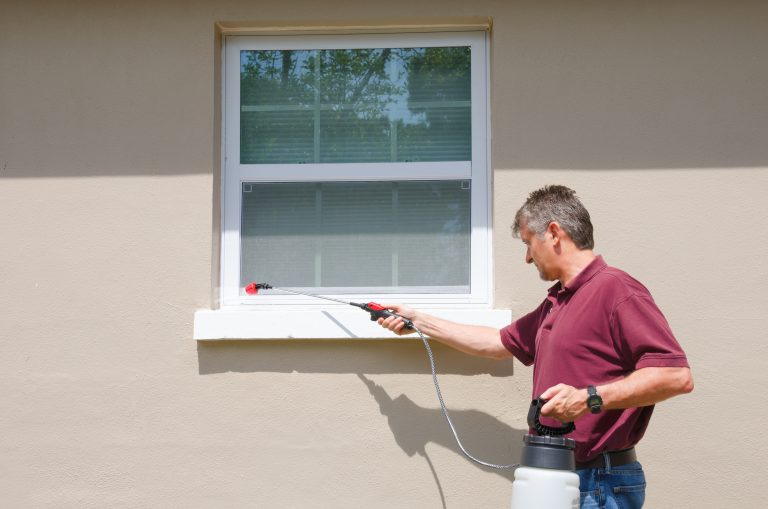8 Budget-Friendly Pest Control Solutions
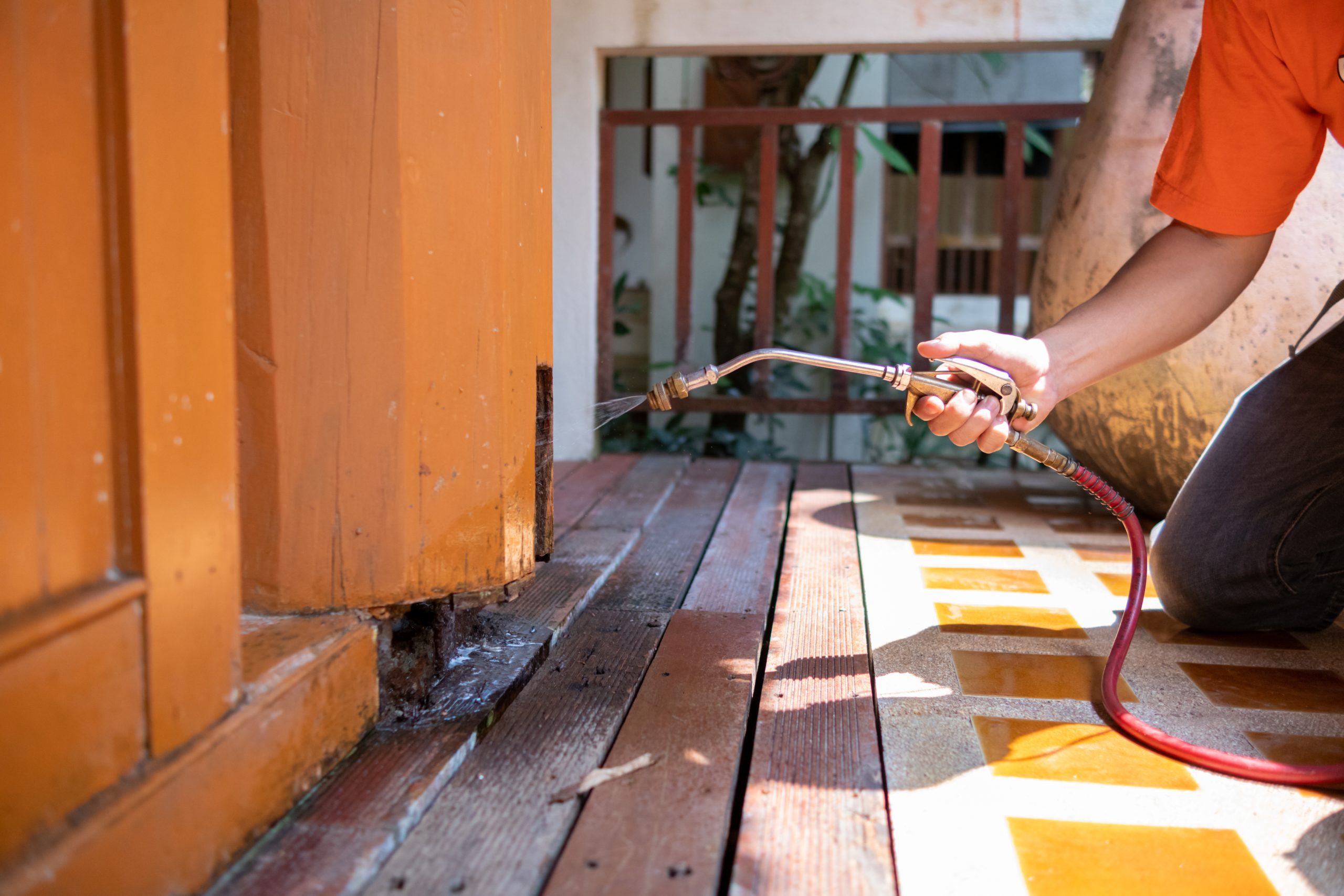
When it comes to pests, your wallet doesn’t need to suffer as much as your patience. With these budget-friendly pest control solutions, you’ll be sending those pesky critters without breaking the bank.
Pest control doesn’t have to break the bank. By being proactive and using simple DIY methods, you can prevent costly infestations. Remember, the best pest control is early prevention. By staying ahead of the game, you can avoid expensive professional services.
Focus on prevention and cost-effective solutions to maintain a pest-free home without overspending. With the right techniques and tools, DIY pest control can be effective and satisfying. Let’s dive into some wallet-friendly ways to keep unwanted guests out and your home bug-free.
1. Seal Entry Points Effectively
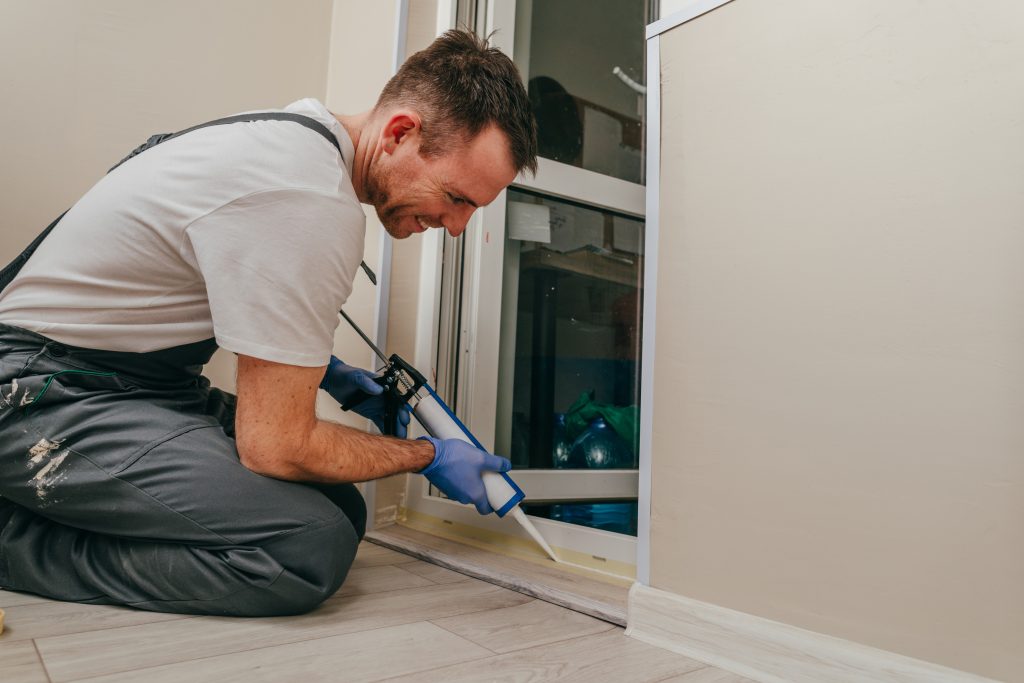
The first line of defense in pest control is to cut off the enemy’s path. Sealing entry points is a simple yet powerful way to prevent pests from inviting themselves in. Check windows, doors, and foundations for cracks or openings, and seal them with caulk or weather stripping. It’s a bit like playing detective, finding those sneaky entryways and shutting them down.
Hey hey! Don’t forget to subscribe to get our best content 🙂
Don’t overlook the small gaps around pipes and cables that enter your home; mice can squeeze through spaces as tiny as a dime! (And trust me, they’re not bringing any money with them.) Use steel wool or copper mesh, since these materials are tough for pests to chew through. This is a quick and inexpensive fix that can save you a lot of headaches down the road.
Lastly, remember that pests are looking for easy access to shelter, food, and water. By sealing up their entry points, you’re essentially hanging a “no vacancy” sign on your home. It’s a simple step, but it’s mighty effective in keeping those little intruders out where they belong.
2. DIY Natural Repellents
Mother Nature has given us plenty of natural pest repellents that don’t cost much and are easy to whip up. For example, ants hate the smell of vinegar, so a solution of equal parts water and vinegar can deter them. Plus, it’s a great excuse to give your countertops a thorough clean! (Bonus: You’ll have a fresh-smelling kitchen, too.)
Essential oils like peppermint, tea tree, and eucalyptus are not only pleasant for us but a nightmare for pests. A few drops in a spray bottle with water can keep spiders and other insects at bay. And let’s be honest, who doesn’t love a home that smells like a spa?
For those with a green thumb, growing certain plants can act as a natural deterrent. Basil, lavender, and lemongrass are not only useful in the kitchen but also repel flies and mosquitoes. It’s like having your pest control army, and all they ask for in return is a little sunlight and water.
3. Regular Cleaning Routines

I can’t stress this enough: a clean home is your fortress against pests. Regular cleaning eliminates crumbs and spills that attract bugs and rodents. It’s like removing the welcome mat for pests. And hey, who doesn’t appreciate a sparkling clean living space?
Vacuuming and dusting go a long way in preventing pests, as they remove potential food sources and disturb any hidden critters. (It’s like throwing a wrench in their plans to settle down in your home.) Be sure to pay special attention to hidden areas under furniture and appliances, as these are prime real estate for pests.
Don’t forget to declutter regularly. Piles of paper, boxes, and clothes can become a five-star hotel for pests. By keeping your space tidy, you’re essentially telling pests to “bug off” and find a messier place to crash.
4. Proper Food Storage Tips
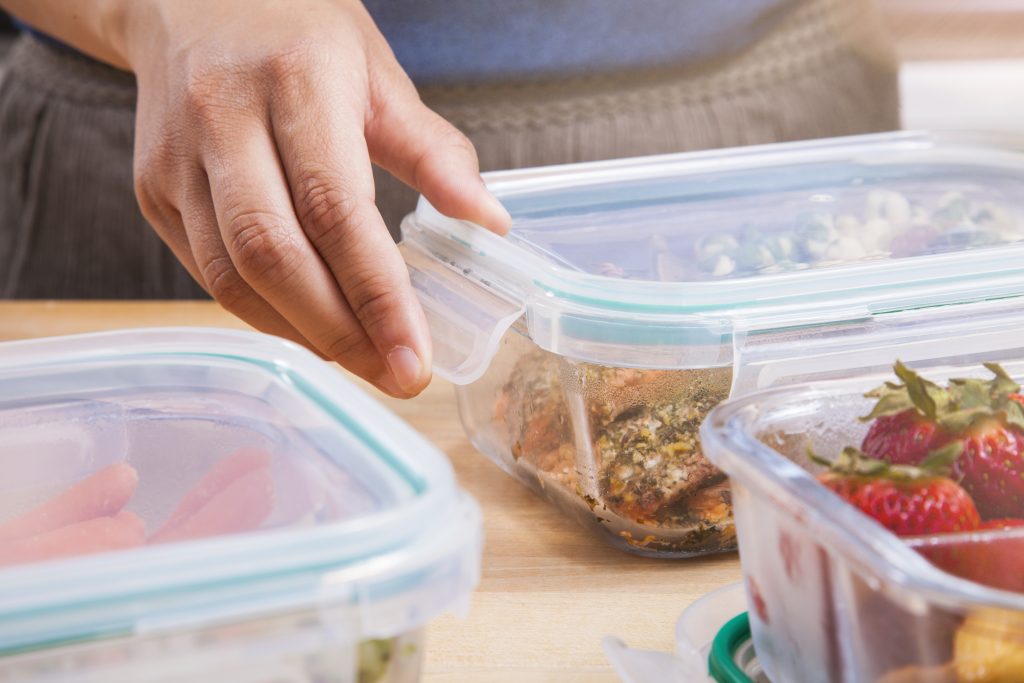
The way you store your food can make or break your pest control efforts. Keeping food in airtight containers is like putting your snacks in a safe. Pests can’t sniff out what they can’t smell, so this simple practice can drastically reduce your chances of an infestation.
Be vigilant about not leaving food out – it’s like ringing the dinner bell for pests. (And trust me, they’ll RSVP ‘yes’ every time.) Make sure to clean up immediately after meals and store leftovers promptly. This isn’t just good hygiene; it’s smart pest management.
Don’t neglect your pet’s food either. Pests aren’t picky and will happily munch on Fido’s kibble. Store pet food in sealed containers and avoid leaving it out overnight. Remember, if it’s a buffet for your pets, it’s a feast for pests too.
5. Beneficial Predators & Plants

Nature has a way of keeping things balanced, and introducing beneficial predators into your garden can help control pests. For example, ladybugs are like the pest control ninjas of the garden, taking out aphids left and right. (Seriously, they’re amazing.)
Consider also planting marigolds, chrysanthemums, or petunias, which are not just pretty but also repel certain pests. It’s like having a beautiful security system for your garden. And if you have a mosquito problem, a bat house might sound unconventional, but bats are incredible insect hunters.
Lastly, don’t forget about birds. Installing a bird feeder or bath can attract feathered friends who will happily snack on common pests. It’s a win-win: you get to enjoy birdwatching, and they help keep the bug population in check.
6. Affordable Pest Traps & Baits
Pest traps and baits are a classic go-to, and they don’t have to be expensive. Sticky traps are great for catching crawling insects, and they can tell you a lot about where pests are coming from. (It’s a bit like pest detective work, but a lot less glamorous.)
Boric acid is a low-cost insecticide that’s effective against roaches and ants. Just sprinkle it in areas where pests are frequent, but keep it away from kids and pets. (Remember, safety first!) The pests carry the boric acid back to their nests, unwittingly becoming the architects of their downfall.
For rodents, a simple snap trap with a dab of peanut butter can be incredibly effective. It’s the old-fashioned way, but sometimes the classics are classics for a reason. Just be sure to check and empty traps regularly, because nobody likes a surprise a few days too late.
7. Essential Maintenance Checks

Routine maintenance checks are crucial for long-term pest prevention. It’s like going to the doctor for a check-up but for your house. Look for leaky faucets or pipes, as moisture attracts pests like ants and cockroaches. Fixing these can prevent a small problem from becoming an infestation.
Ensure that your gutters are clean and draining properly. Clogged gutters can lead to standing water, which is an open invitation for pests, especially mosquitoes. (And let’s be honest, no one wants to throw a pool party for mosquitoes.)
Inspect your roof and attic for signs of pests. These areas can be hotspots for rodents and insects looking for a cozy home. By catching these issues early, you’ll save yourself a lot of trouble and potential damage.
8. Community Pest Control Programs
Sometimes, it takes a village to keep pests at bay. Many communities offer pest control programs at a reduced cost or even for free. It’s like having a neighborhood watch but for bugs and rodents. Check with your local government or cooperative extension service for available resources.
Joining forces with neighbors can also be effective. If you’re all using similar preventive measures, it creates a larger barrier against pests. (Think of it as a group effort to keep the critters out.) Organizing a neighborhood cleanup day can also reduce common breeding grounds for pests.
Lastly, don’t be afraid to share tips and tricks with your community. Knowledge is power, especially when it comes to pest control. By pooling resources and information, everyone’s home becomes a tougher target for pests.
In the video, Rural Delivery explains –
Rural Delivery
- Community Pest Control Area Program (CPC): The program aims to promote integrated pest management in the Northland region over five years.
- Cost Sharing: Costs for the program are divided between the Northland Regional Council and the landowners.
- Focus on Puketotara Peninsula: The program targets areas where reinvasion isn’t a problem, such as the Puketotara Peninsula, due to its geographic features.
- Success in Pest Reduction: Significant reductions in pest populations have been achieved over four and a half years, leading to positive environmental outcomes.
- Community Involvement: The community actively participates in pest control efforts, with the council providing materials for free.
- Transition to Community Responsibility: In years four and five, the community takes full responsibility for pest control efforts, with costs split evenly between the community and the council.
- Environmental Stewardship: Farmers demonstrate a commitment to preserving native bush and wildlife for future generations.
- Employment for Monitoring: A person is employed full-time to monitor bait stations, muscular traps, and cat traps, highlighting the seriousness of pest control efforts.
- Visible Impact on Native Bush: Positive effects of pest control efforts are evident in the rejuvenation of native bush, with trees showing new growth and increased biodiversity.
- Potential for Replication: The success of the program on Puketotara Peninsula suggests that similar initiatives could be effective in other areas, enhancing the overall environment.
Conclusion & Prevention Tips
Keeping pests at bay doesn’t have to cost an arm and a leg. With these budget-friendly solutions, you can maintain a pest-free home and still have money left over for the things you enjoy. Remember, the most effective pest control is consistent, preventive action, so stay vigilant and be proactive.
Finally, make pest control a habit, not a once-in-a-while event. Regularly inspect your home, keep it clean, and use the tips provided to make your living space less appealing to pests. With a bit of effort and some savvy strategies, you’ll be the master of your domain—and pests will just have to look elsewhere for a place to crash.
There you have it, a treasure trove of budget-friendly pest control solutions that’ll keep both your home and your wallet happy. Stay consistent with these tips, and you’ll be saying goodbye to unwanted guests in no time—without spending a fortune!



